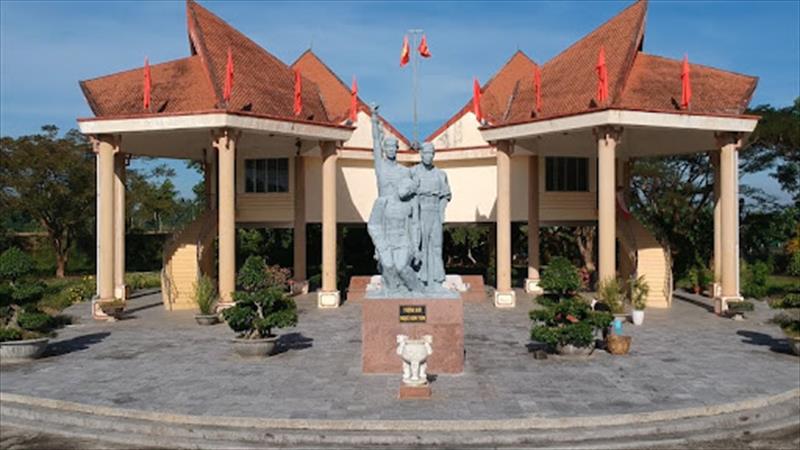THE MEANING OF THE BLOODY STRUGGLE IN KON TUM PRISON

The French colonialists forced political prisoners to go to the construction site in Dak Pet to build roads, where the French colonialists brutally treated the political prisoners. To build 15km of roads in Dak Pao and Dak Pet, 150 out of 300 people died there. To protest against having to go to the construction site in Dak Pet, on December 12, 1931, and December 16, 1931, at Kon Tum prison, an event took place that shocked the French colonial invaders throughout Indochina at that time. About 200 political prisoners were detained here, with their experience, planned, set out goals, objectives, methods and clear mottos. Based on these points, we can say that the Liu Huyet struggle was a struggle of patriots, with the communists as the vanguard, to fight against the enemy. However, like other struggles, the French colonialists were initially surprised and then brutally suppressed them. They killed 15 comrades and injured 16 others. The remaining prisoners were taken to the Dak Pet and Dak Pao construction sites for hard labor.
Although the struggle did not win, this was the first time the ethnic people in Kon Tum province saw the indomitable fighting spirit of the communists. Despite facing an enemy equipped with modern weapons, the communist soldiers, though shackled, still stood up and fought for their ideals and patriotism. Thanks to that, the people in Kon Tum voluntarily followed the Party to gain independence and freedom for their homeland. This struggle created public opposition to the French colonialists' brutal treatment of prisoners. Therefore, the French government had to find ways to appease public opinion and accept many concessions in its policy of governing prisoners. Thanks to this struggle, the French colonialists in Indochina had to change their regime towards political prisoners throughout Indochina. They agreed to follow the demands of the political prisoners, not to beat prisoners, the sick would be given rest and medicine, etc. The Bloody Struggle at Kon Tum Prison was the wind that fanned the flame of patriotism of the ethnic people of Kon Tum province later on. That flame urged the spirit of "Determination to die for the Fatherland, determination to live" of the people here, and that spirit was also passed on to the next generations to embellish the heroic history of the nation.

